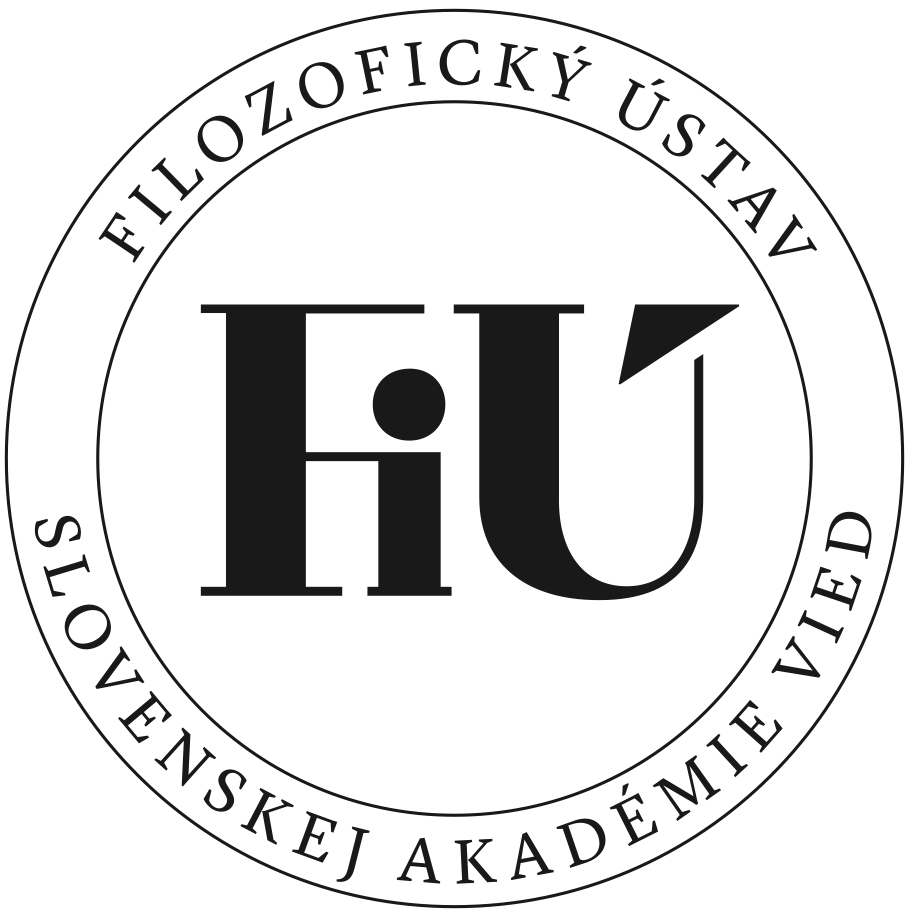Publication Details
To the Question of Origin and Development of Komenský’s Pansophy
(Original title: K otázke pôvodu a vývinu koncepcie pansofie u J. A. Komenského)
Filozofia, 25 (1970), 6, 552-566.Type of work: Papers and Discussions
Publication language: Slovak
Abstract
Komenský’s idea of pansophy changes its contents and extent in the course of the time. At first his pansophy, which he called Janua rerum, ought to have been only a textbook and ought to have formed a metaphysical reflection of the ,,matter-of-fact“ Janua linguarum. From the late thirties Komenský envisaged it as a new system of science comprising in itself all human knowledge arranged in an organic order that corresponds to the organic structure of the universe. From the early forties his pansophic efforts were extended into a project of a general, based on all-knowing, improvement of mankind the expression of which is his „General Consultation on Improvement of Human Things“. Though Komenský introduced the idea of pansophy as early as in the early thirties, it should be taken for granted that it had been ripening in him long before. The first impulse may have come as early as during his studies in Herborn from his teachers Alsted and Piscator, and it was particularly the idea of encyclopedism and chiliasm as well as his knowledge of Paracelsus-Hermetic philosophy that had laid foundations to his later natural-philosophical orientation. After his return to his native country, Komenský got asquainted with Augustine’s and Cusa’s philosophy, which meant his definite departure with Aristotelianism and inclination to Neoplatonism. He confirmed himself in it by studying the writings of the Rosy Cross Brotherhood, intermediated to him by J. V. Andreae, and of the German mysticists namely Jakob Bôhm. It is probably from the circle of the Rosencrucians that he took over the term „pansophy“ and perhaps also the chiliastic motivation of all-improvement proclaimed by them; the Paracelsus-Hermetic orientated nature philosophy gave him a foundation for the organic image of the world in his own nature philosophy, which later on together with metaphysics and didastics became the starting-point of the conception of pansophy as a new system of science. After his return from England to the pansophic motive also the all-improving motive was added, and the pansophy proper (pantaxia) became a part of pansophy that was to be realized by means of bestowing pansophic education upon all people and thus improving the moral standard all over the world — in the blissful millenium before Christ’s return. Though Komenský’s originality cannot be denied either in his conception of pansophy or in the kinds of its elaboration, it seems to be likely that as far as both the philosophical aspect and the chiliastic motivated idea of all-improvement are concerned they represent essentially a following and completion of the Rosencrucian ideas.
File to download: PDF
